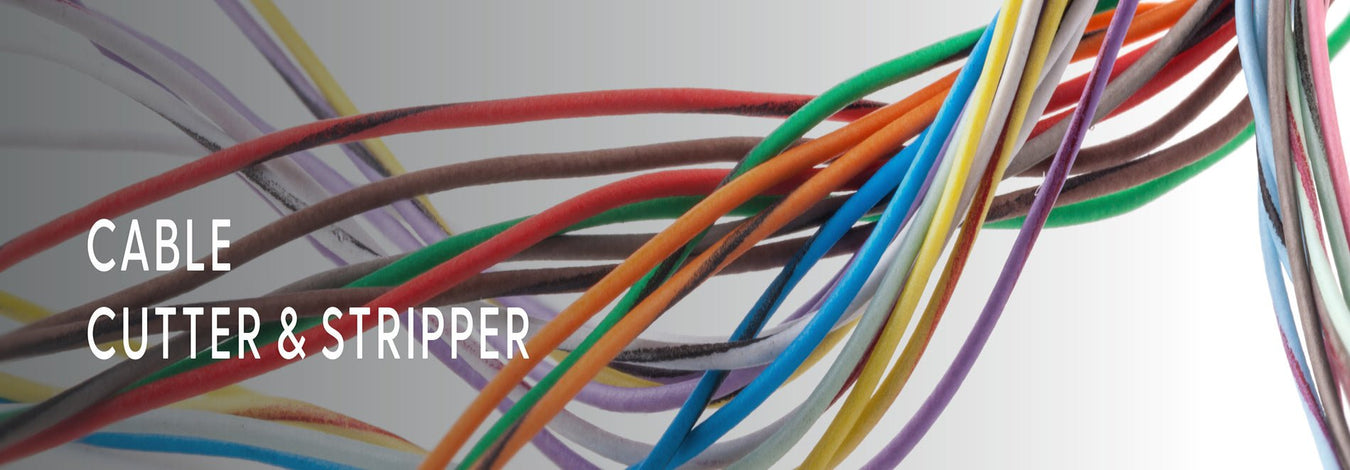
Stainless Steel Cable Ties vs Plastic Cable Ties
Cable ties are widespread products used in the construction, automotive, electronics, and DIY industries. They are critical as they help manage and protect cables, pipes, and other materials. However, not all cable ties are the same. The decision between stainless steel and plastic cable ties affects the effectiveness and durability of projects. In this article, we will discuss the differences between these cable ties, their pros and cons, and offer guidance on which cable tie is more suitable for different jobs.
Stainless Steel Cable Ties
It is possible to point out that stainless steel cable ties are solid and resistant to various conditions. These ties are manufactured with high-quality stainless steel, enabling them to hold fastenings in extreme weather conditions and other conditions like high temperatures, ultra-violet light, and chemicals. They are applied in industrial and outdoor areas, requiring high performance and maximum dependability.
Pros
- Durability: They are made of stainless steel and thus are very resistant to corrosion, making them suitable for use in areas such as the outside or marine environment.
- Strength: Made of metal, they are far stronger than plastic cable ties and can be used in applications requiring high strength.
- Temperature Tolerance: These stainless steel cable ties resist freezing and high-temperature conditions.
- Security: Most commonly applied in use cases where interference resistance is needed.
Cons
- Cost: In most cases, stainless steel cable ties are more costly than plastic ones.
- Installation: However, they could need particularly specialized tools, like the iCrimp WCB-324 Stainless Steel Cable Tie Gun, for installation in some circumstances.
Plastic Cable Ties
Plastic cable ties originate from nylon, which is more common and cheaper. They are simple in design, versatile, and can be applied in different areas, such as managing minor cables or wiring car models. However, their endurance is unsuitable for conditions where temperatures can reach critical maximum and minimum levels.
Pros
- Cost-Effective: Cable ties made of plastic cost less than the ones made of stainless steel.
- Widely Available: They can quickly be purchased from common retail and online shops.
- Easy to Use: The plastic cable ties are easily used and dismantled when needed.
Cons
- Susceptible to Degradation: However, some surface features make the plastic cable tie degrade when exposed to Ultraviolet rays, high temperatures, and chemicals.
- Limited Strength: These plastic cable ties might not be up to the severity of exposure, so they are not ideal for use in all applications.
When to Use Stainless Steel Cable Ties
Stainless steel cable ties are used when the durability of the equipment is of utmost significance. They are widely applied in the construction, shipbuilding, oil and gas, and car manufacturing industries. Some specific applications include:
- Outdoor Installations: Stainless steel ties can be used to fix cables and equipment in areas exposed to heat or UV light, water and moisture, or other adverse environmental conditions.
- High-Temperature Environments: Where other plastic ties become soft or brittle, cutting and puncture risks are reduced with stainless steel ties.
- Security Applications: In cases where tamper resistance is desired, stainless steel ties meet the requirements of strength and security. Especially when tied with the right tools from iCrimp, such as the iCrimp Stainless Steel Cable Tie Gun.
Read more: What Can I Use Steel Cable Ties For?
When to Use Plastic Cable Ties
Plastic cable ties are made for general use, that is, for applications that do not require high levels of tensile strength. They are applied regularly in home improvements, office cable organizing, and most minor industrial applications. Specific applications include:
- Indoor Cable Management: Plastic ties are suitable for grouping and managing cables where there is strictly no exposure to heat, ultraviolet light, or chemicals; in other words, the use of plastic ties is most appropriate for controlled indoor application.
- Temporary Installations: In some situations where a fast and cheap answer is needed, and no extra strength is necessary for at least some time, and plastic ties may be helpful.
- Color Coding: Its availability in varying colors makes it convenient for managing cables and components by color codes.
Considerations for Choosing the Right Cable Tie
- Application: It should also be assessed where the cable tie will be applied or, in other words, the surroundings it will be exposed to. If subjected to extreme environmental conditions, stainless steel might be better.
- Load: Decide on the weight or load that the cable tie will have to handle. Stainless steel cable ties are best suited for use where loaded applications are required.
- Aesthetics: If appearance is a concern, stainless steel cable ties give an elegant look.
- Budget: You may segment the cable ties based on the materials used to manufacture the cable ties, but if the budget is a concern, plastic cable ties are relatively affordable.
Final Thought
Based on the nature and requirements of the two types of cable ties, stainless steel and plastic cable ties differ in makeup. For a permanent and reliable method of securing cables that is likely to be used in environments that are aggressive to other materials, stainless steel cable ties are recommended. However, plastic cable ties are versatile and cheap for ordinary tasks, indoor applications, or instances where cost is an object. iCrimp offers quality and easy-to-use tools for properly installing and fastening your cable ties.
References





